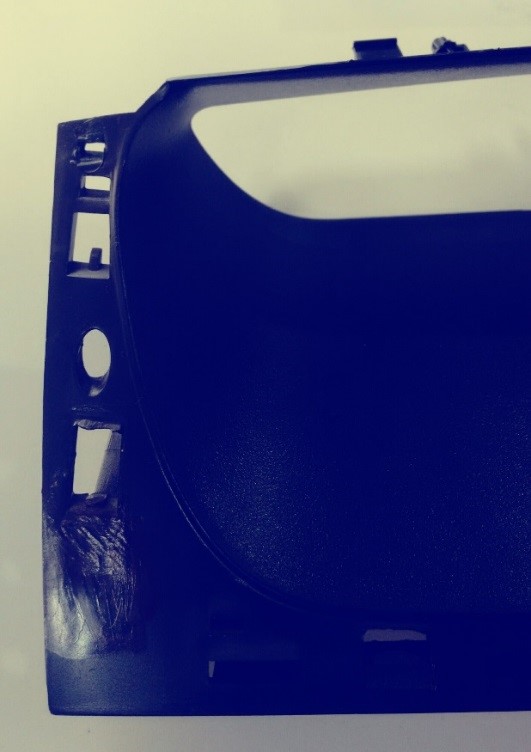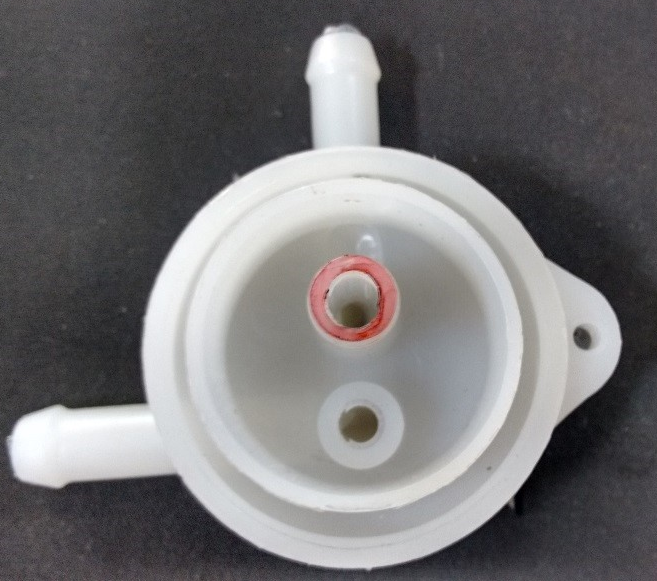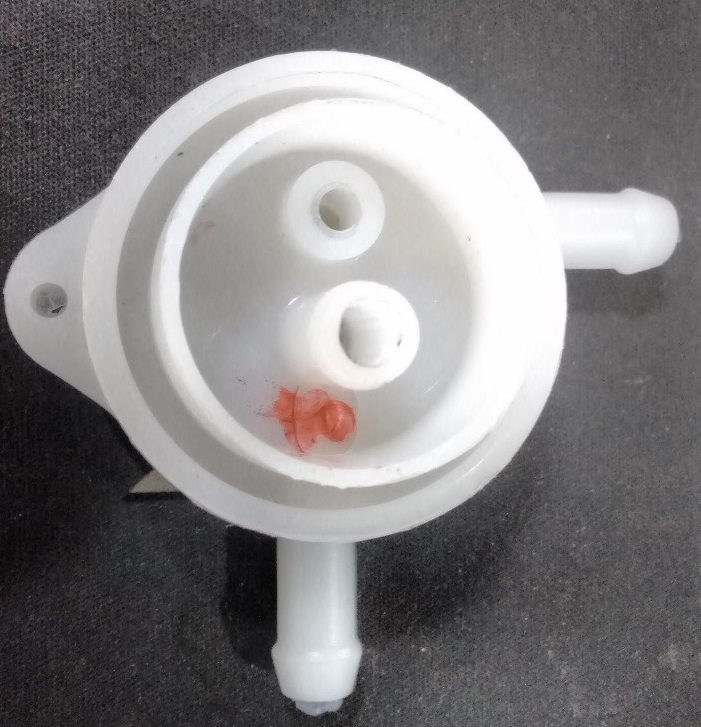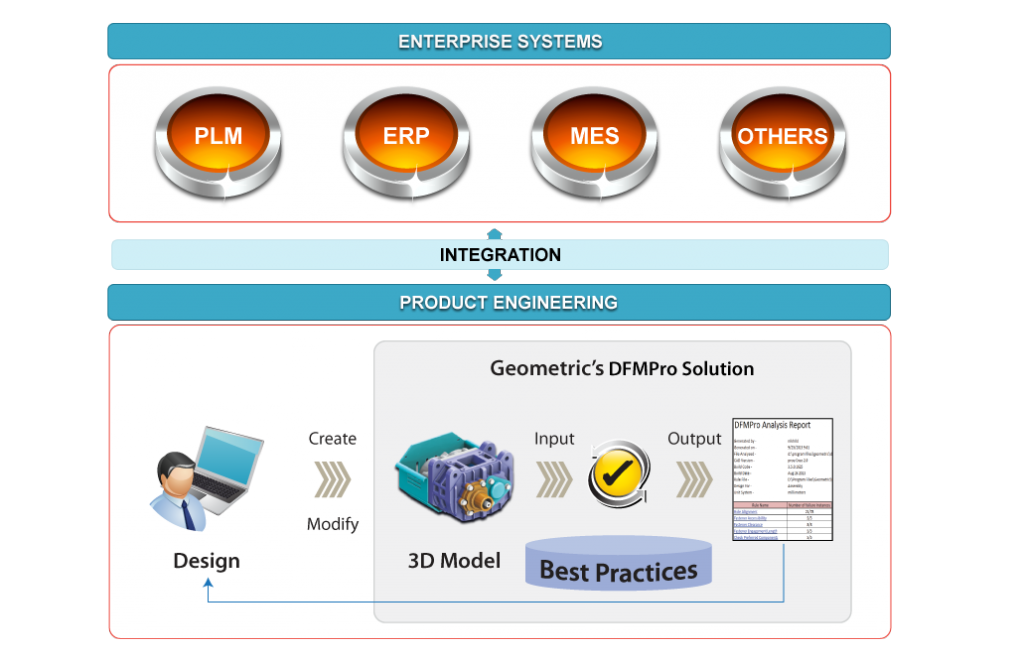A design engineer’s role in designing a product has undergone a lot of change in this decade or so. Earlier, a designer’s responsibility was limited to only the functional requirements of the product but now they have a greater role to play in success of the product delivered by the organization. Designers have to design products which not only satisfy functional requirements but also manufacturability requirements by way of keeping product cost within the budgetary constraints and delivering innovative solutions to customers.
Lack of knowledge about manufacturing processes especially with new designers with no earlier exposure to manufacturing often results into lot of rework and faulty designs. More often than not, most of the experienced design engineers too are not familiar with manufacturing process requirements and downstream related parameters and constraints. This is also observed when the designs are outsourced for manufacturing to different vendors. On a global average, almost 30% – 35% of engineering rework happens because of downstream manufacturability issues occurring late in the cycle. Some of the typical issues observed in case of plastic parts are missing drafts, non-uniform wall thickness, sudden variation in wall thickness, inappropriate bosses and rib designs, no consideration for thin steel condition, etc. Impact of such issues leads to defective parts with sink marks, warpage, frequent field failures, etc. Ultimately it leads to part rejection, rework and delay in delivery and increase in overall product cost. Some of the design conditions also lead to increased tooling cost.
 |  |
| Fig 1.0 Sink Mark Issue | Fig. 2.0 Non uniform wall thickness for boss |

Fig 3.0 Sink Mark on part
Various studies have shown that errors rectified during design stage can cost hundred times less than errors detected during the manufacturing stage. This can be avoided when Design for Manufacturing (DFM) methodology is followed as an integral part of the product development process. Design for Manufacturing Knowledge plays a vital role in controlling product costs and maximizing engineering productivity by addressing potential problems in design phase itself.
More and more companies are incorporating DFM practices in their organization which is reducing their rework and unwanted design errors and changes. Following are some of the typical methods of DFM implementation followed by organisations:
- DFM Checklists and Handbooks
- Classroom trainings on DFM best practices
- Expert discussions and reviews
- Dedicated validation teams
- Hiring consultants for design review
It is essential to incorporate various DFM guidelines early in the product development phase to reduce defects, cut down rework, eliminate waste, shorten time to market and save costs.
But the truth is that manual DFM methods are difficult, to say the least as referring to handbooks, checklist, rules manually can be frustrating and designers can miss them altogether. With limited time and resources, manually reviewing designs for hundreds of design guidelines is difficult, time-consuming and error-prone, and there is a risk of missing important design guidelines altogether.

Fig 4.0 DFM implementation and integration
Due to all these factors, organizations look for expert system with an automated solution to identify the design errors right at the design stage and provide suggestions on manufacturability and other aspects. Listed below are some of the benefits that can be achieved through an automated DFM solution:
- Improved Time-to-Market
- Quick and faster decision on manufacturability issues
- Direct and indirect cost savings associated with design iteration
- Cost savings associated with rework and scrap
- Capturing and re-use of best practices & tribal knowledge for continuous improvement
- Improved collaboration between designer and suppliers
DFM tools like DFMPro can easily automate the design for manufacturing guidelines right within your CAD software and automatically review designs for downstream manufacturability, supplier capability, assembly, cost, quality etc. Designers can quickly ensure that if their designs can be easily manufactured, who is the best supplier to manufacture it and whether if any design feature is increasing the cost significantly.
DFMPro can help in better understanding of downstream requirements at the right time – that is, when the design is being created. It further promotes collaboration of design with manufacturing, and captures the right understanding of supplier capability to design parts the very first time. This drastically reduces the review time and avoids rework in design. Using DFMPro, you can improve engineering productivity by over 15%.
What are you waiting for? Contact us now for beginning your journey to reduced product costs and improved time to market.